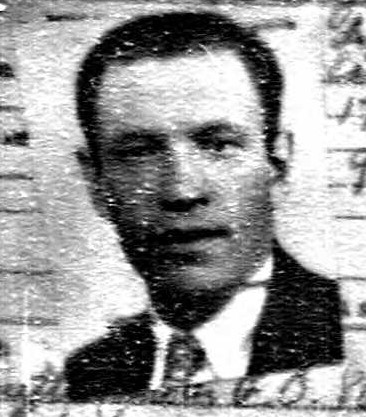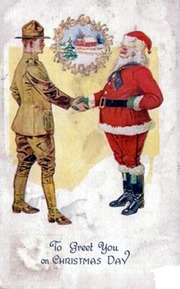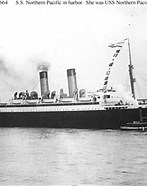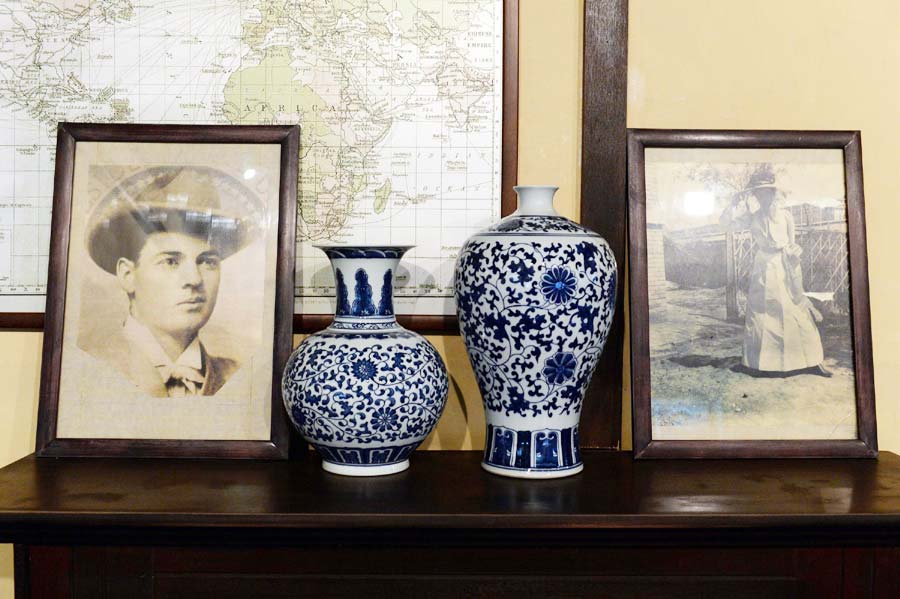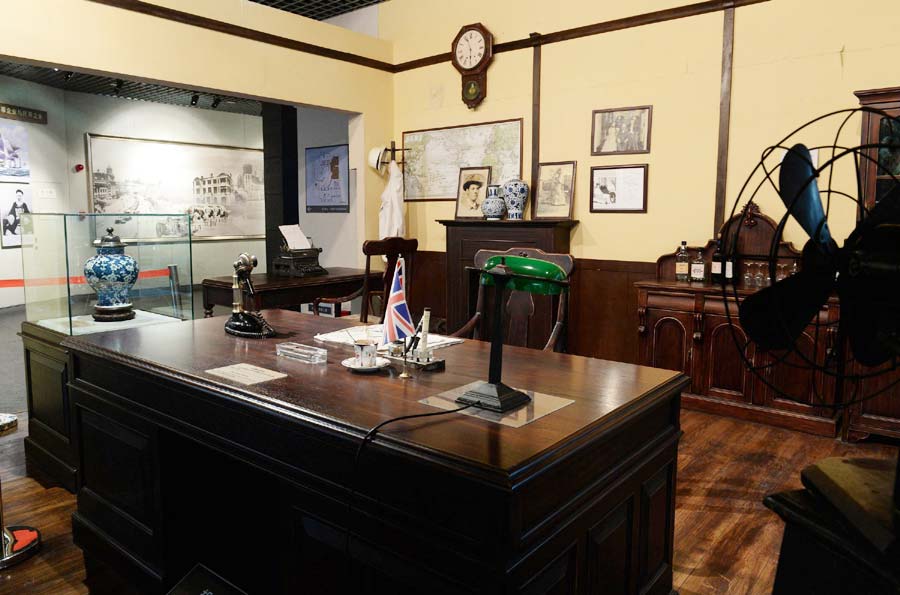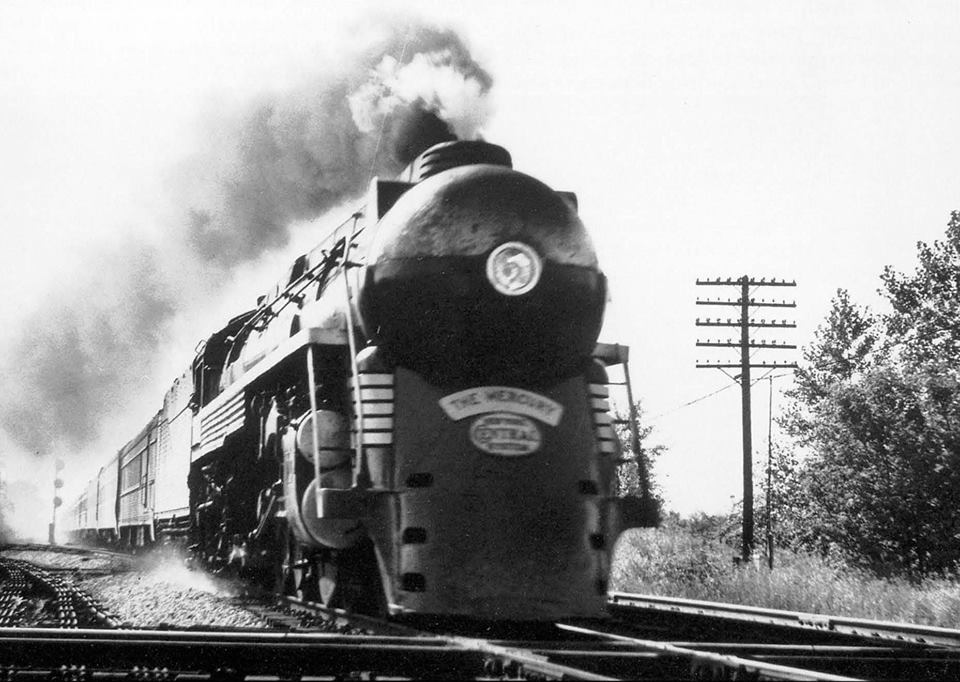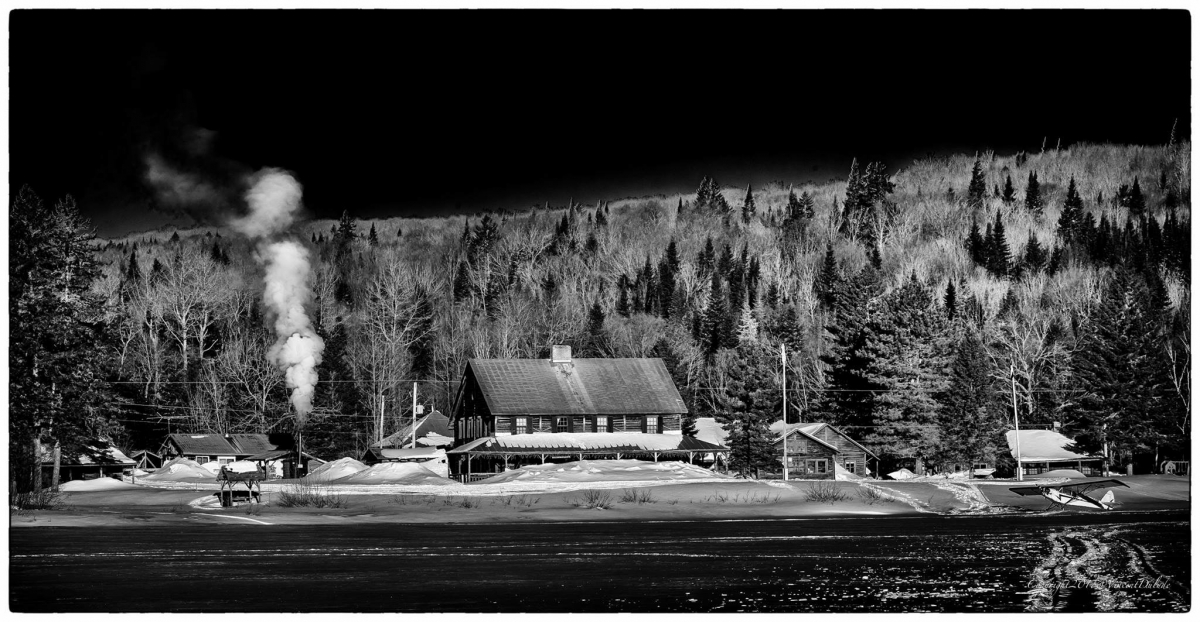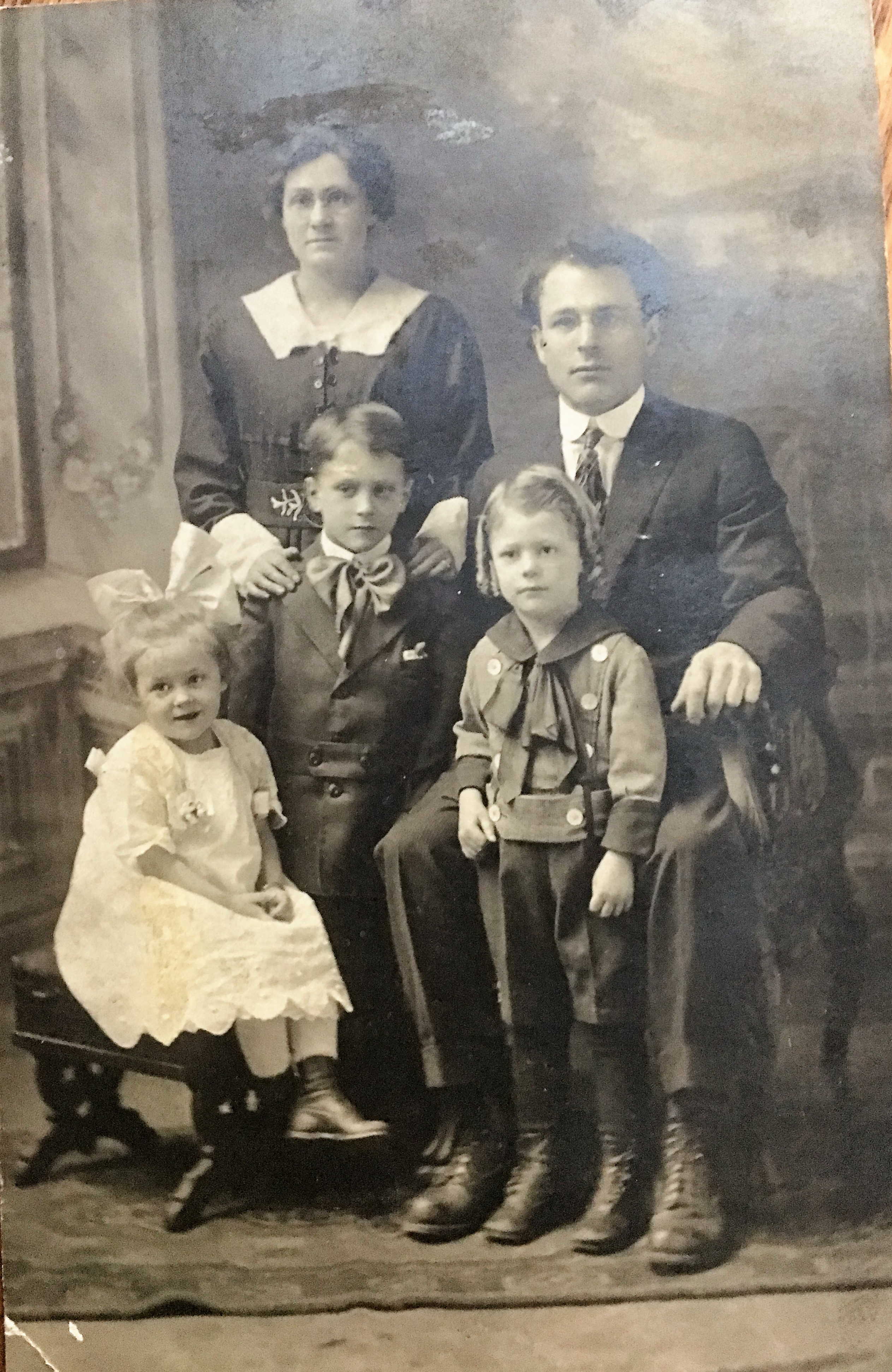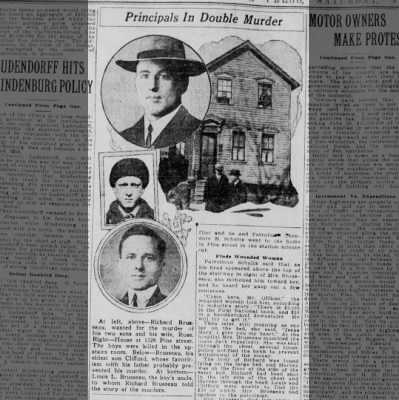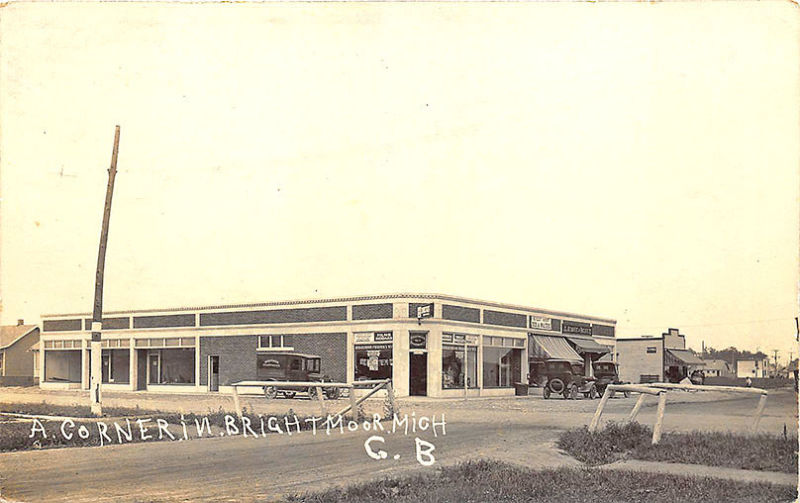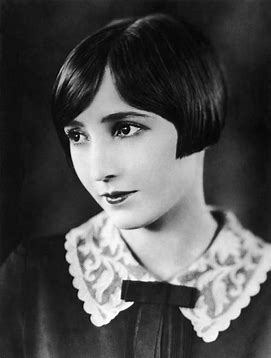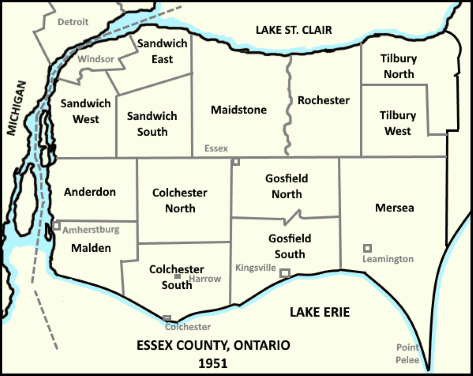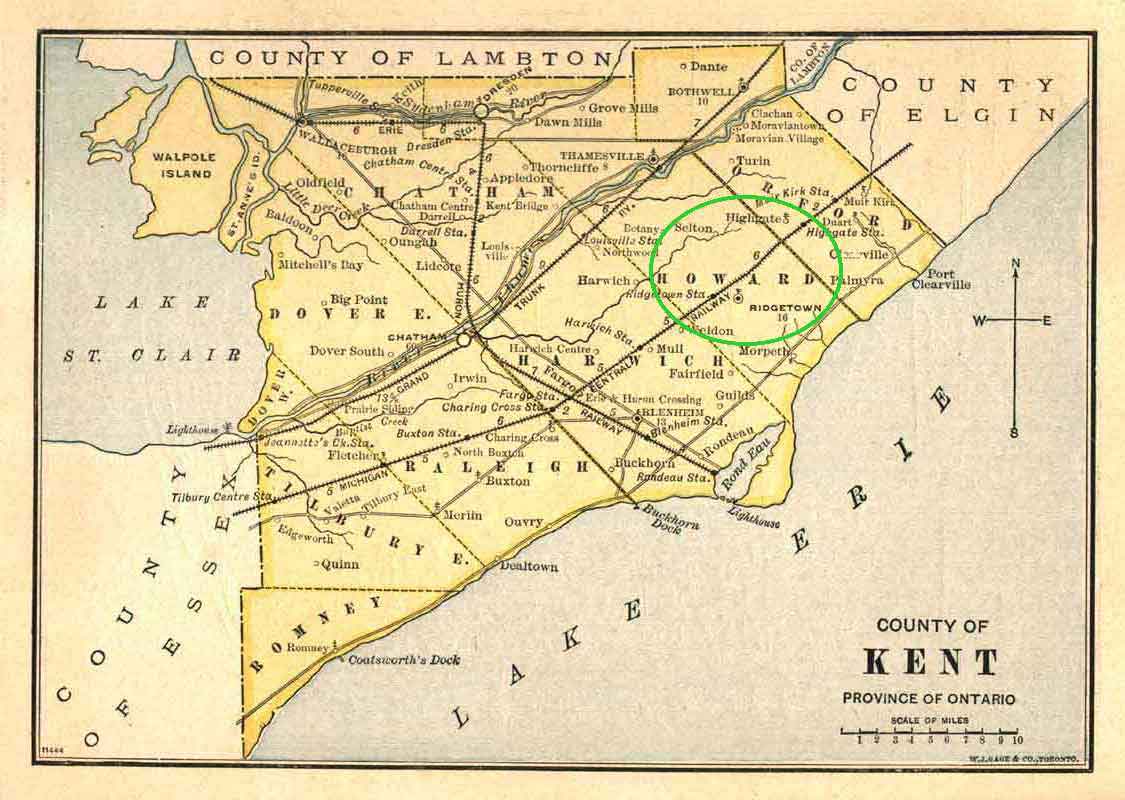
In honor of National Women’s History month, I am investigating the life of one of my female ancestors who lived during Canada’s development as an independent nation. Reviewing French Canadian Records can be problematic. The census takers were not always efficient in recording dates of birth. Additionally, most families had 10-15 children who as the family grew had many triplicate names within the same decade. This ancestor of mine was surely a woman who was committed to family. Her marriage was delayed when most girls were married by the latest at the age of 20. Aurelie Marchand was a French Canadian who stood by familial duty.

When Aurelie Marchand was born on February 12, 1822, in Napierville, Quebec, Canada, her father, Pierre, was 25 and her mother, Louise, was 26. The family as most French Canadians were Catholic, her father was a farmer. Aurelie, the eldest of her siblings had two sisters ( Scholastique b.1829 and Marie Clarence b.1833) and three brothers (Pierre b.1819, Narcisse b. 1822 and Edouard b.1823).

Napierville is located in southern Quebec in the triangle formed by the Richelieu, Lake Champlain and the St. Lawrence River. Napierville still maintains French as the primary language. It was named after General Napier Christie Burton, the owner of the Seigniories of Lacolle and De Léry in the early 1800s. The Seigniories system was basically an updated fuedal caste system with rich landowners ruling over sharecroppers. General Napier was born in America. He took the additional surname of Burton by royal license on the death of his brother-in-law, Captain Richard Burton, in 1794 and inherited his father’s estate in 1799.(1) He was a British patriot and eventual Governor of Upper Canada. A man who lived beyond his means he was forced to sell most of his own and his wife’s inheritance to pay his debts and even spent time in prison in 1812 for owing money. In spite of this he was made a full general in 1814. (2)

Canada was experiencing the independence cry in 1837-1838 when Aurelie was about 21. There were rebellions and insurrections versus the British colonial power. The Ninety-Two Resolutions of the Legislative Assembly of Lower Canada, were introduced by a Member of Parliament. Once adopted, the resolutions were embedded in a Parliamentary address and later forwarded to England.(3) These Resolutions were initially disapproved by the British Parliament.

The second rebellion in 1838 was to have more far-reaching consequences. In 1838, Lord Durham arrived in Canada as High Commissioner. Although skirmishes with British troops were relatively minor during the second rebellion, the Crown dealt forcefully in punishing the rebels: 850 of them were arrested; 12 were eventually hanged, and 58 were sent to Australia. In 1839, a Special Council that governed the colony enacted many reforms with the aim of improving economic and administrative affairs, such as land ownership and the establishment of new schools.
Aurelie surely helped on the family farm, in the kitchen and with her younger brothers and sisters. Her youngest sibling was almost 20 years her junior. Outside the home, Canadian women had few domains which they controlled. An important exception came with Roman Catholic Sisters where new orders gained popularity during the religiosity of the Counter-Reformation in the seventeenth century and became a permanent feature of Quebec society. The Ursuline order after years of struggle in the new colony doing nursing and education, eventually became important land owners in Quebec and surrounding area. (Note the picture of the Quebec convent below. This convent would have been costly to build.) Catholic women started dozens of independent religious orders, funded in part by dowries provided by the parents of young nuns. The orders specialized in charitable works, including hospitals, orphanages, schools and homes for unwed mothers.

The Catholic Church, in close cooperation with the baron landowners, led a highly traditional social structure in rural and small town Quebec.(4) The Catholic Church was given large and valuable tracts of land estimated at nearly 30% of all the lands granted by the French.

In 1831, more than 50,000 people immigrated to Quebec. The next year brought 52,000 individuals and with them cholera. Within five months 4,200 deaths resulted. All this while the colony struggled with British rule. Crop failures started occurring because Canadian farmers were using outdated equipment and were not rotating their crops which caused increasing economic pressure which lasted through the end of the 1880s and into early 1900s. Many of my Canadian ancestors followed the migration to New England America where cotton mills were popping up at almost every turn of a river bank. Mill owners hired these French immigrants to staff their mills more cheaply than American and Irish-born workers, who were themselves displaced. This all created friction from Vermont to Massachusetts with families moving often to supposed greener pastures.
Aurelie married Pierre Lavoie in 1853 in her hometown at St. Cyprien parish. St Cyprien was started in 1823 in the Diocese of Saint-Jean–Longueuil which as of 2017 had 5 parishes, 1 mission, 86 priests (61 diocesan, 25 religious), 4 deacons, 345 lay religious (103 brothers, 242 sisters), 3 seminarians.

Pierre Lavoie lived not far from Napierville in L’Acadie. Pierre and Aurelie probably met at St Cyprien. and started their family there. They had ten children in 15 years. The 1871 Canadian Census for Napierville indicates that Aurelie was 49 and Pierre aged 55. The ten children listed on the census were: Henriette- B. 1851, Pierre-B. 1854, Angelique-B-1856, Narcisse-B, 1857, Joseph-B. 1859, Josephine-B. 1862, Selima, 1863, Philemin-B. 1865, Aristilde=B. 1867, and Hermine-B. 1870. This revises the original data review to 10 children over 20 years starting when she was 29!!
The 1871 Canadian Census also reveals that Pierre and Auralie were both considered merchants. It is likely they had a general store or lumber yard considering the building boom of that era. and Quebec’s industrial production was limited to logging and lumber processing, as well as leather and potash production.
From 1840 to 1867, Quebec’s population nearly doubled despite an exodus of close to 200,000 people to factories in New England. Montréal and Québec City were the main urban centers affected by the skyrocketing population.(6) On November 11, 1871 the last of the British soldiers left Canada with the Confederation in place in 1867. Additionally, that year Parliament legalized the use of the metric system.
The assumption is that Pierre did not inherit his family’s farm as a Lavoie is listed as one of the first settlers of Quebec. Through my research, the French Canadians were very explicit on heaping the majority of land wealth on their eldest son. Dowries for girls were limited to livestock and any embroidery work the girls accomplished on their own.
In January 1888, Pierre died at the age of 70 or so. He is buried in Napierville. Many of the children began immigrating to New England and Aurelie followed after her husband’s death. Daughter Josephine passed in Quebec in 1891 at the age of 29. The youngest, Hermine died of tuberculosis in 1903 at the age of 34. in Massachusetts. Tuberculosis was very common among mill workers. (See my other blogs.) Son Pierre Jr. died in 1912. Joseph and Charles both passed in 1921, Narcisse in 1930, Angelique in 1935. All in Massachusetts.
Aurelie lived in the United States for 29 years. During WWI, she was quite interested in war news and read the paper devotedly. She died of Atherosclerosis at the home of her daughter in Salem, Massachusetts on April 9, 1918 at the age of 94, and was buried there. She outlived her husband and five children. Her obituary in the Boston Globe indicates that despite her age, she had all her mental capabilities and could read without glasses. Further she had two surviving daughters and 3 sons plus 121 grandchildren, great-grandchildren and great-great grandchildren. What a legacy!
In order to limit the ramblings of this post, I did not delve into the First Nations people in the Napierville area. Certainly Auralie had interactions with them. For those researching First Nation peoples, there is a wonderful resource: Sault-St-Louis | Iroquois, Mohawk (1881) « A Canadian Family (wordpress.com)
(1) & (2) Napier Christie Burton – Wikipedia
(4), (5)History of Quebec – Wikipedia
(6)Quebec (1867) – Library and Archives Canada (bac-lac.gc.ca)
- New France map: By Isle, Guillaume de l’ ; Covens & Mortier – This image is available from Bibliothèque et Archives nationales du Québec, Public Domain, https://commons.wikimedia.org/w/index.php?curid=3161992
- Convent photo: By William Notman – This image is available from the McCord Museum under the access number I-26334.1This tag does not indicate the copyright status of the attached work. A normal copyright tag is still required. See Commons:Licensing for more information., Public Domain, https://commons.wikimedia.org/w/index.php?curid=7025022







